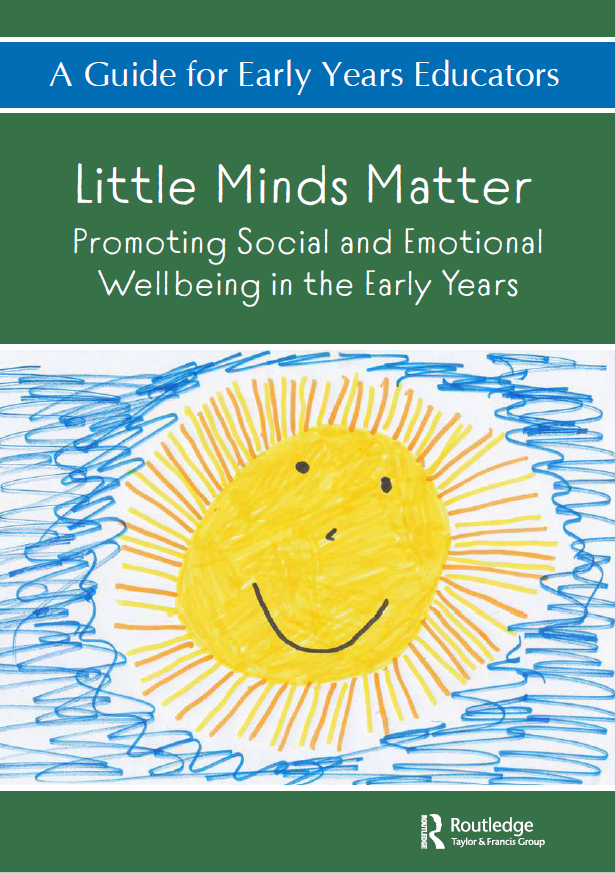
Little Minds Matter Guide | FREE
Promote social and emotional wellbeing in young children with this free guide created for early years educators. Bringing together five chapters from the first five books in the Little Minds Matter series, it is full of practical ideas and suggestions which can be used immediately, both for your own CPD and for the development of your team.
|
|
|
| Get Your Copy Now > |
What are the EYFS seven areas of learning and development?
The main focus of EYFS is learning and development. As such, the EYFS has highlighted three prime areas and four specific areas of learning and development that childcare providers must center children’s activities and experiences around.
Below is a breakdown of these seven total areas outlined by the EYFS:
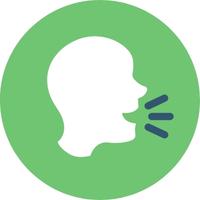 1. Communication and language development 1. Communication and language development
Enabling children to develop their language and communication skills is an essential early learning goal that forms the foundation of the EYFS framework.
EYFS practitioners must provide an environment that encourages quality conversation between adults and young children to build a language-rich childhood. This can be done by speaking with children about their interests or repeating what the children have said back to them with new words. Additional activities include reading to children, storytelling and role play and asking a variety of questions to engage with them. This empowers children to learn new sentence structures, vocabulary and ideas in a supportive learning atmosphere.
A great resource for communication and language development is Stephen Parsons & Anna Branagan's Word Aware 2: Teaching Vocabulary in the Early Years which supports Early Years practitioners in the provision of effective vocabulary development in preschool children of all abilities.
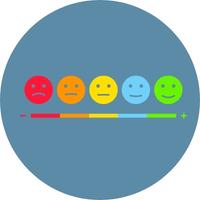 2. Personal, social and emotional development 2. Personal, social and emotional development
Personal, social and emotional development, also known as PSED, is an essential part of children’s social skills, mental health and cognitive development. PSED can help young children learn to identify and understand their different feelings, which is an important skill that shapes their social world.
Adults should model and guide children to manage their emotions, set goals and build confidence in their own abilities. Children’s social skills should also be supported through interactions with other children, which can teach them how to form positive relationships, cooperate with others and resolve issues constructively.
 3. Physical development 3. Physical development
Children have a lot of energy, so it’s not very difficult to get them to be active. However, the underlying aim of this learning area is to help children achieve and learn how to maintain a healthy and active lifestyle right from the start.
Gross and fine motor skills develop slowly and begin with sensory and strength activities that then lead to coordination, positional awareness and play movement. EYFS practitioners should incorporate indoor and outdoor games to help engage children’s physical development in early childhood.
If you want additional information on how to engage with children’s creative play in the outdoors, a helpful resource is Julie Johnson and Ann Watts’s “Developing Creativity and Curiosity Outdoors.”
Meanwhile, if you’re looking for more sensory play experiences, consider Sue Gascoyne’s “Messy Play in the Early Years.”
 4. Literacy 4. Literacy
Literacy covers two main learning objectives: language comprehension and word readings. It’s crucial that children are introduced to new words, stories, reading and writing opportunities from an early age to set a solid foundation for future learning.
Adults should read with children and teach them about new rhymes, poems and songs. Similarly, they can incorporate books for young children to teach word reading that works out the pronunciation of unfamiliar words and recognition of familiar words. Writing should include spelling and handwriting practice, as well as composition to teach them sentence structure and idea articulation.
For additional techniques to help young boys develop writing skills, take a look at Julie Cigman’s “Supporting Boys’ Writing in the Early Years.” Learn how to encourage them to become confident and capable writers.
 5. Mathematics 5. Mathematics
Children should be guided through the early learning objectives of numbers, as well as shapes and spaces to help develop their mathematical skills.
EYFS providers must teach children how to understand and use numbers one through 10 with confidence. Through mathematical activities, such as using building blocks or pebbles to count and organize, children can develop spatial reasoning skills and look for patterns and connections. With a positive environment, the child can learn confidently.
A great resource for mathematics is Di Chilvers’ “How to Recognise and Support Mathematical Mastery in Young Children’s Play,” which provides practical guidance tips.
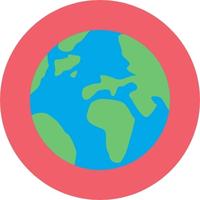 6. Understanding the world 6. Understanding the world
This learning area asks adults to assist children to observe and understand the physical world around them and their community. By increasing a child’s interactions with new places, ideas and technology, adults can help them increase their awareness and knowledge beyond their home.
Some activities to incorporate into daily life include visiting parks, libraries and museums to meet new people and places. Another great activity is to share stories from a broad range of perspectives and places.
Take a look at Sarah Watkin's Outdoor Play for Healthy Little Minds: Practical Ideas to Promote Children’s Wellbeing in the Early Years which includes adaptable and cost-effective activities designed to help children feel more confident and connected to the world around them.
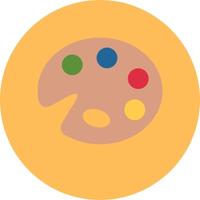 7. Expressive arts and design 7. Expressive arts and design
A key method to support a child’s imagination and creativity is to develop their awareness of art and culture.
Adults can encourage the artistic sides of children by helping them engage with new activities that feature a variety of media and materials. From drawing to painting to playing instruments, allowing children to express themselves and communicate through art is an extremely positive developmental activity.
Learn how to foster and inspire children’s imaginations with Ruksana Mohammed’s “Creative Learning in the Early Years.”
2021 changes to the EYFS framework
The United Kingdom implemented the EYFS as statutory in 2008 for children in response to research that showed the correlation between quality childcare and children’s future learning and development. However, the framework has gone through several changes and updates, including in 2012 and as recently as September 1, 2021.
The latest revised EYFS curriculum has reduced the number of early learning goals from 69 to 17. It has also simplified the assessment required at age five and provides earlier intervention for any child who requires additional support with a progress check at two years old. Additionally, written risk assessments are not required for all activities anymore.
The new early years foundation stage (EYFS) framework can be found here.
|



 1. Communication and language development
1. Communication and language development 2. Personal, social and emotional development
2. Personal, social and emotional development 3. Physical development
3. Physical development 4. Literacy
4. Literacy 5. Mathematics
5. Mathematics 6. Understanding the world
6. Understanding the world 7. Expressive arts and design
7. Expressive arts and design